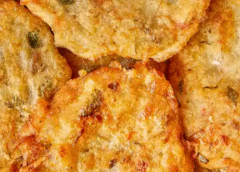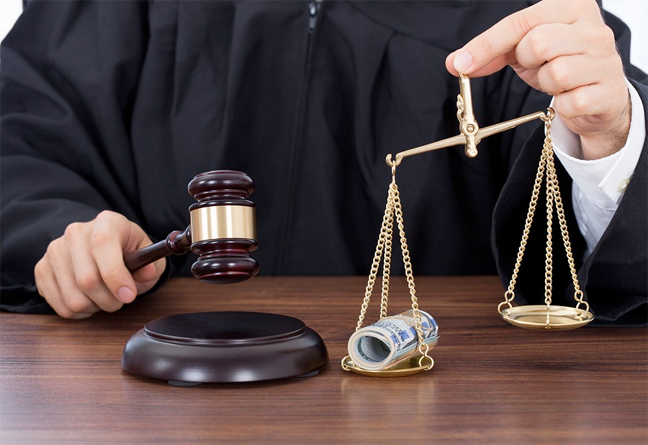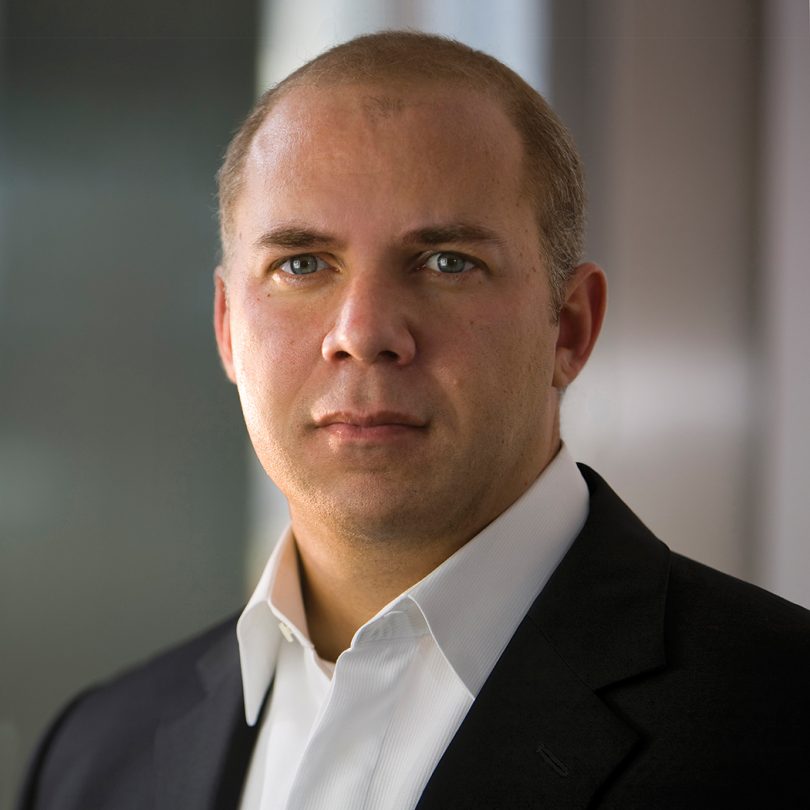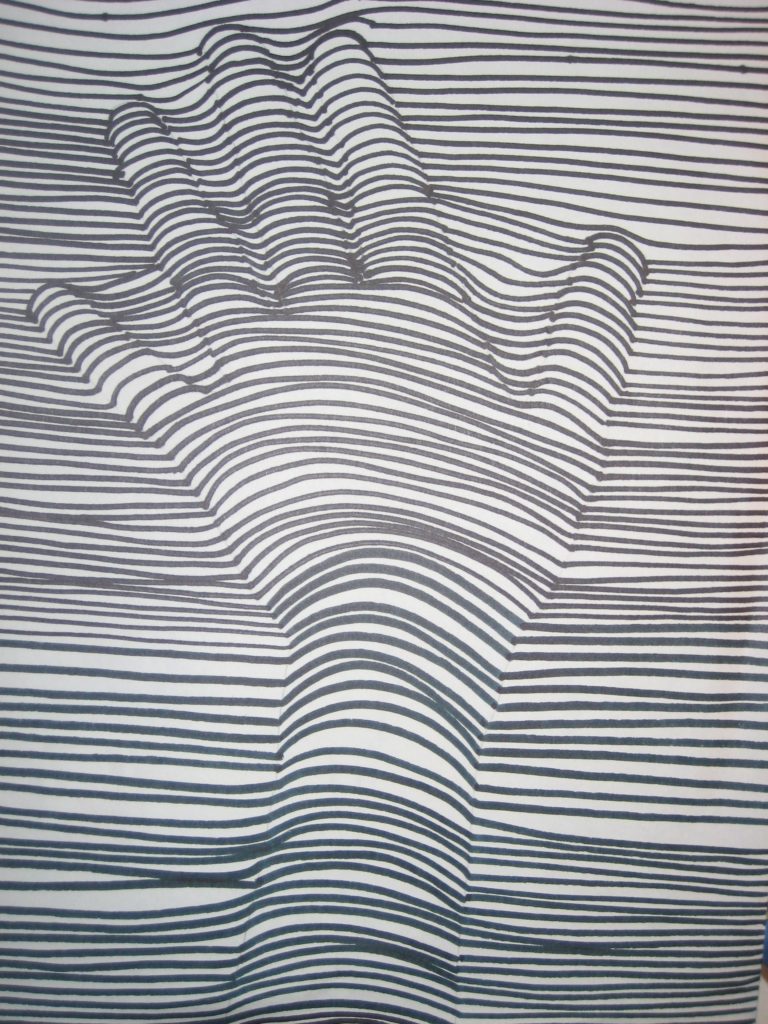Is it any wonder — WHY Jamaican art is not better sold globally. How is the second version of a book on Jamaican art makes the same mistakes of the first in DISRESPECTING so many Jamaican artists especially a selected few critical to our history.
WHYY after 5 years ‘reuse the same photos of Alex Cooper’ as if no development in his work. Y is there no article in perspective of the global market.
At a glimpse it seems too muxch of a clan with a few supporting the few ‘chosen’. So in one instance, no sponsorship or precious little only as a investment for a big ‘social’ reward.
It makes one wonder what is spoken of when the art of a nation is told. Have we as a nation gotten it right about what art is, what nation art is, the critical role of art and the visual artist.
Is history particular of Jamaica Art just a matter of telling of those who have created without the why, when, how and what was represented in the creation especially in relevance to growth and development of individuals and the nation.
Surely it makes no sense to have a book about Jamaican artist with the main players being disgruntled, and those selecetd without wrath being the just supporters of a book simply because teir interst was sxerved. It’s time for team work as a nation if we are to project better internationally. WE speak of the music industry and its development, but to do the same for art breeds discontent, and I wonder when the images are so clearly depicted by several artists stroking in the tapestry of Jamaica’s history.
This year there is to be a retrospect on Barrington Watson, who himself at one time was pronounced as not being a ‘true painter’, but a graphic designer by persons who should be in the know. Well thank God they have gotten that right to see his significance on our art. I often wondred by a person of his fame, and the one rsponsible for art courses and exams at varied levels in school is not better promoted or taught in schools.
Does the CXC candidate for example know his significance to the CXC level examination. Does even the teachers who teach art.
Edna Manley is promoted as the mother of art, but intersting enough is te number of Jamaicans who seem to have been misinformed that she introduced att here, when she merely introduced formal art classes. This mirrors the told event that Christopher Columbus discovered Jamaica – but did he. After all he did find people living here, migrants from Latin America once described as Arawaks now written up as the Tainos who spoke ‘Arawak’.
If we are to be better promoted, a new book should be fast on its way.
Wayne Lawrence obnoxious as he is did well even with a mild case of ignorance to the Jamaican art scene, when he made a good attempt in Art of Jamaica. At least he did research, and spoke with a great deal of artists before penning that book.
Perhaps persons who wish to record orally or written need to, in fact they should do research on how to record, do reserach on what they are recording and first become immersed and indetify with their subject in even a remote way before they attempt to. These records will be around for a long time and with the gap widening between genres of artists, I shudder to think what will happen when the few good living artists who are critical to our history dies.
A trip to the National Gallery is helpful, and several galleries and institutions strive to tap in Jamaica’s history of Art.
Professor Rex Nettleford used to tell me that too many persons write for te sake of writing, because they are writers. Then he encouraged me to research, get in the know, and write with empathy. Maybe learning this will be wise, especially if we are seeking to earn from what we write when it comes to art.
Time to however place JAMAICAN ART in proper perspective, or at least improve vastly on what we have by first identifying with genres through the works of those deceased and by being beter acquainted with those alive and then in good order speak of newer generations per year.
_____________________________________________________________________
From Wikipedia, the free encyclopaedia
Jamaican art dates back to Jamaica’s indigenous Taino Indians who created zemis, carvings of their gods, for ritual spiritual purposes. The demise of this culture after European colonisation heralded a new era of art production more closely related to traditional tastes in Europe and created by itinerant artists keen to return picturesque images of the ‘new world’ to Europe. Foremost among these were Agostino Brunias, Philip Wickstead, James Hakewill and J. B. Kidd. Perhaps the earliest artist to take a more Jamaican centered approach to the island culture was Isaac Mendes Belisario (1795
Author Profile
- ... author, qualified & experienced in journalism, creative writing, editing, the arts, art critique, paralegal, photography, teaching, research, event planning, motivational speaking, workshops for children and adults, visual arts etc. Click here for contact form. ...or email me here
Latest entries
 Raw and DirectJanuary 4, 2026Gambling in Jamaica
Raw and DirectJanuary 4, 2026Gambling in Jamaica Raw and DirectJanuary 1, 20262026 New Years Message from Anthea McGibbon
Raw and DirectJanuary 1, 20262026 New Years Message from Anthea McGibbon Raw and DirectDecember 28, 2025Jamaican street foods everybody loves
Raw and DirectDecember 28, 2025Jamaican street foods everybody loves AdvertorialDecember 27, 2025Legal Wiz Jamaica
AdvertorialDecember 27, 2025Legal Wiz Jamaica





